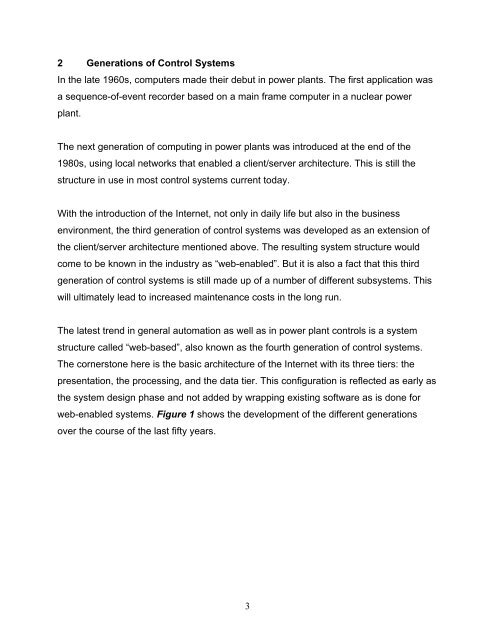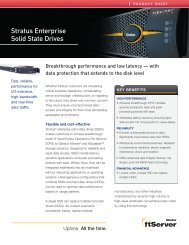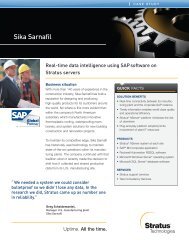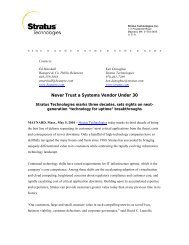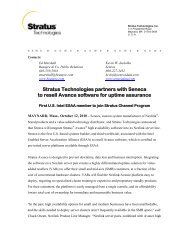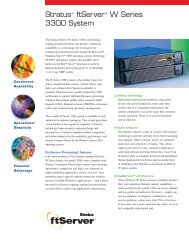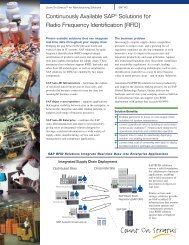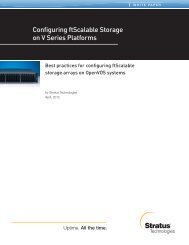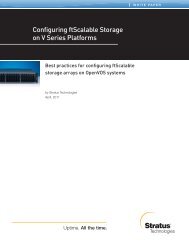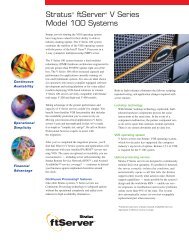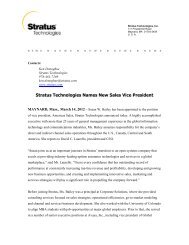Read Siemens Power Plant Automation whitepaper (PDF)
Read Siemens Power Plant Automation whitepaper (PDF)
Read Siemens Power Plant Automation whitepaper (PDF)
You also want an ePaper? Increase the reach of your titles
YUMPU automatically turns print PDFs into web optimized ePapers that Google loves.
2 Generations of Control Systems<br />
In the late 1960s, computers made their debut in power plants. The first application was<br />
a sequence-of-event recorder based on a main frame computer in a nuclear power<br />
plant.<br />
The next generation of computing in power plants was introduced at the end of the<br />
1980s, using local networks that enabled a client/server architecture. This is still the<br />
structure in use in most control systems current today.<br />
With the introduction of the Internet, not only in daily life but also in the business<br />
environment, the third generation of control systems was developed as an extension of<br />
the client/server architecture mentioned above. The resulting system structure would<br />
come to be known in the industry as “web-enabled”. But it is also a fact that this third<br />
generation of control systems is still made up of a number of different subsystems. This<br />
will ultimately lead to increased maintenance costs in the long run.<br />
The latest trend in general automation as well as in power plant controls is a system<br />
structure called “web-based”, also known as the fourth generation of control systems.<br />
The cornerstone here is the basic architecture of the Internet with its three tiers: the<br />
presentation, the processing, and the data tier. This configuration is reflected as early as<br />
the system design phase and not added by wrapping existing software as is done for<br />
web-enabled systems. Figure 1 shows the development of the different generations<br />
over the course of the last fifty years.<br />
3


